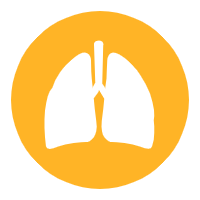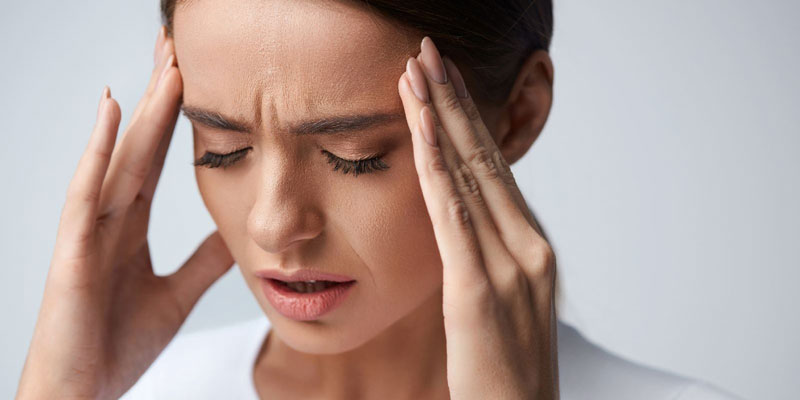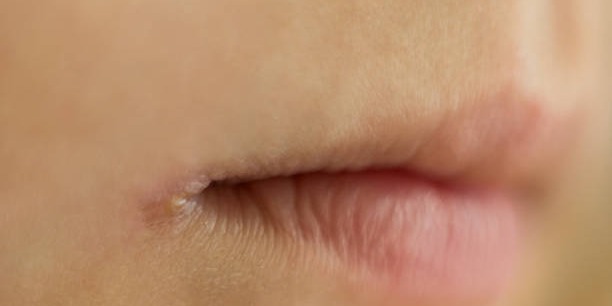Overactive bladder (OAB) is a common and misunderstood urinary disorder that may interrupt everyday living. It affects millions globally, regardless of age or gender. OAB causes a sudden, strong need to pee, which may lead to urinary incontinence. OAB may disturb and upset an individual's social, personal, and professional life. Remember that OAB may impact anybody, not just older people. The definition, causes, diagnostics, treatments, and management of OAB are covered in this article.
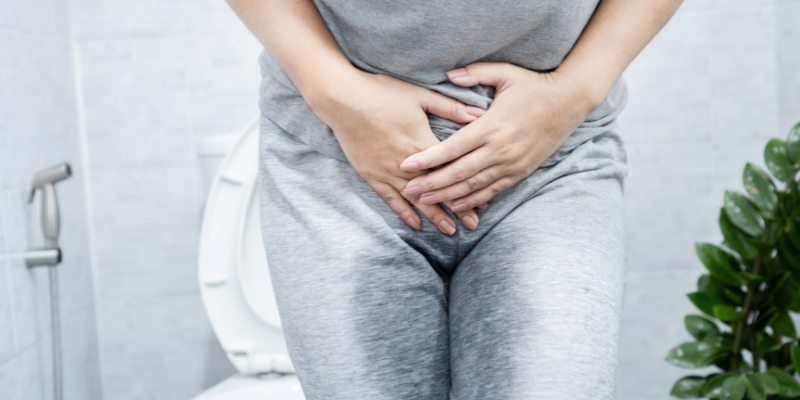
Understanding Overactive Bladder:
OAB, or overactive bladder, is a complicated interaction of variables that disrupts urinary system function. A sudden and frequent need to pee, typically accompanied by moderate to severe urine incontinence, defines OAB. This disorder may cause embarrassment and anxiety and significantly decrease the quality of life.
Due to its complexity, OAB must be distinguished from other bladder disorders. Urinary urgency, frequency, and incontinence are involved. These sensations typically develop unexpectedly, making bladder control difficult. Unpredictability may lead to isolation as people restrict their social activities to prevent embarrassment. However, realizing that OAB is curable and getting expert help is essential to recovering control and increasing the quality of life. In the following sections, we discuss OAB causes, risk factors, diagnostic methods, treatment choices, and lifestyle measures.
Causes and Risk Factors:
Individuals and healthcare professionals must understand OAB causes and risk factors. OAB is typically caused by many reasons. Aging contributes to bladder function alterations, which is not the only reason. Parkinson's disease and stroke may alter the bladder-brain connection, causing OAB symptoms. Lifestyle variables, including coffee and alcohol abuse, might worsen OAB. Additionally, some drugs and chronic illnesses may cause OAB. Effective OAB management requires identifying and resolving these factors.
Risk factors for OAB must also be identified. OAB does not discriminate by age or gender; therefore, knowing predisposing variables is essential for early intervention and prevention. Age and gender remain risk factors for OAB, with women suffering from it more commonly than males. You must realize that OAB may impact anybody, regardless of age or gender. Recognizing the causes and risk factors allows people to reduce their risk and seek medical assistance if they feel OAB is hurting their quality of life. These sections cover OAB diagnosis, evaluation, therapy, and lifestyle suggestions, providing a thorough resource for persons with this disorder.
Diagnosis and Assessment:
A medical assessment is essential for anyone suspected of OAB or suffering symptoms. Doctors use several approaches to diagnose OAB and assess its severity. This diagnostic procedure usually includes a detailed medical history, physical examination, and urodynamic testing. These tests assist doctors in understanding bladder function and OAB. Collaboration with healthcare providers is crucial for proper diagnosis and customized therapy.
Ignoring OAB symptoms may cause unneeded pain and everyday life constraints. Thus, medical examination is crucial. Urology or urogynecology specialists may advise on OAB management. Open communication and teamwork with healthcare professionals may help people restore bladder control and improve their quality of life. The following sections discuss lifestyle changes, drugs, surgical treatments, and non-pharmacological methods for treating OAB to improve bladder control and reduce symptoms.
Treatment Options:
OAB treatment usually requires many approaches depending on the patient's situation and severity. Many therapy options exist, each with pros and downsides.
Lifestyle Modifications for Managing OAB
A crucial part of OAB management is lifestyle changes. These may considerably reduce OAB symptoms and improve well-being. Changes to reduce bladder irritants like coffee and alcohol are crucial. Increasing the duration between toilet trips and bladder training may reduce urgency and incontinence. Fluid management, including monitoring and managing fluid intake, improves symptom control. These lifestyle changes help people manage OAB every day.
Medications for OAB Management
Medical professionals may prescribe OAB medicines. These drugs improve bladder control by relaxing bladder muscles or minimizing urination. Lifestyle changes may not relieve symptoms enough, so that medications may help. Addressing side effects and concerns with a doctor is crucial since pharmaceutical selections should fit the individual's requirements and circumstances.
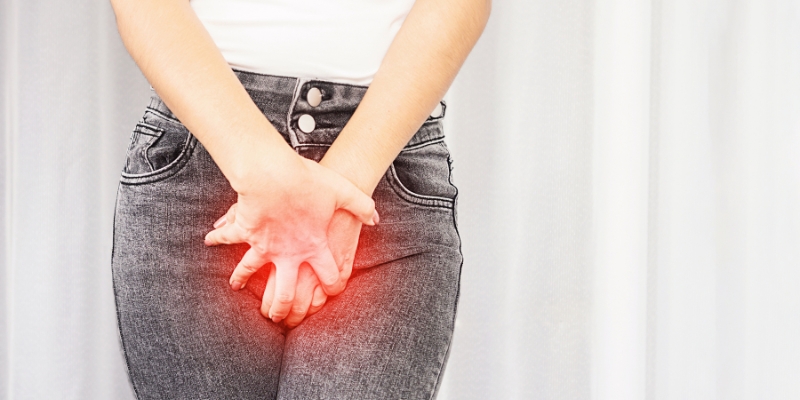
Surgical Interventions and Minimally Invasive Procedures
Surgery or less invasive techniques may be recommended for severe OAB or those who don't react to alternative therapies. These treatments fix anatomical abnormalities or relieve OAB symptoms long-term. Sacral neuromodulation, which modulates bladder control nerve activity with electrical stimulation, may help manage OAB. When alternative treatments fail, surgery and less invasive techniques are considered.
Non-Pharmacological Approaches
Pelvic floor exercises and electrical stimulation treatment help control OAB. These methods improve bladder control and pelvic muscle strength. Physical therapy and electrical stimulation may help mixed incontinence patients and those seeking non-medication solutions. Unlike conventional treatments, non-pharmacological treatments should be tailored to the patient's requirements.
Individualized Treatment Plans
OAB therapy varies in severity, reaction to prior therapies, and health. Physicians collaborate with patients to tailor therapy to their needs. Open and continuing communication with healthcare specialists ensures that the chosen treatment method meets the patient's objectives and enhances quality of life. In the following sections, we discuss dealing with the emotional and psychological elements of OAB, maintaining a decent quality of life, and accessing support networks and resources.
Living with Overactive Bladder:
OAB may be emotionally draining. Therefore, coping skills, support networks, and counseling may help. Maintaining quality of life is possible despite the obstacles. Planning daily activities around toilet breaks, utilizing discreet absorbents, and learning about OAB management are strategies.
OAB's emotional and psychological effects must be managed for well-being. OAB sufferers often feel embarrassed, anxious, or frustrated. Mental health specialists and support groups may help manage these feelings and stay happy.
Online support groups and forums provide OAB sufferers with resources and community. These forums enable people to exchange stories, get advice, and learn to empower and enhance their well-being. OAB patients may lessen loneliness and create a strong support network by interacting with people who understand their struggles.
Conclusion:
In conclusion, overactive bladder is treatable and requires care and support to improve quality of life. Understanding OAB, its causes, and therapies helps people manage their symptoms. Awareness, strong support networks, and expert advice allow OAB patients to live well. This thorough book emphasizes that one can manage OAB and live a whole life with the correct tactics and a positive mindset.
